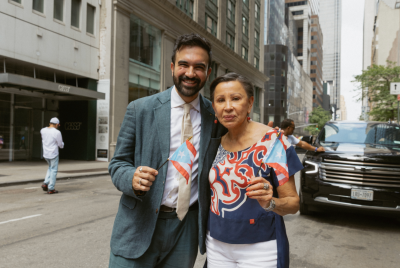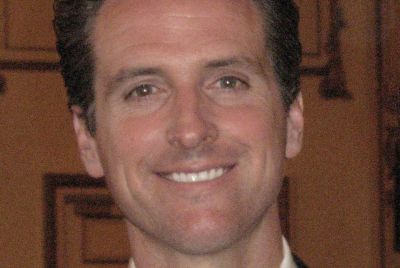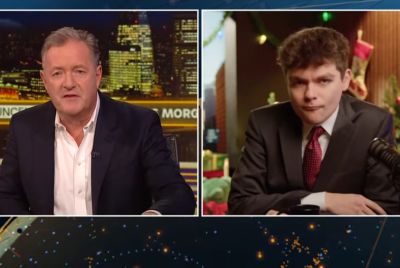Charlie Hebdo: A History of Controversy


Charlie Hebdo France's best known satirical magazine has been attacked following the announcement that the publication's latest issue would feature the Muslim Prophet Muhammad as an 'editor in chief'.
The magazine's front cover showed an image of Muslim Prophet saying "100 lashes if you are not dying of laughter".
On the back page, a picture of Muhammad wearing a red nose reads "Yes, Islam is compatible with humour."
Soon after the fire broke out in the offices of the magazine, reactions in the French Press showed just how liked the publication is.
Nicolas Demorand, a journalist working for the French newspaper Liberation immediately invited the team to come and use his publication building, while French Interior Minister Claude Gueant called on the French people to be show solidarity and hailed the magazine's will to fight for freedom of expression.
Paris Mayor, Bertrand Delanoë has also angrily reacted to the attacks saying he would help the magazine found new offices.
In 2007, the publication had already grabbed the headlines after two French Muslim organisations, the Great Mosque of Paris and the Union of Islamic Organisations of France, sued Charlie Hebdo for "public insults against a group of people because they belong to a religion", after the magazine reprinted cartoons of the Prophet which had originally appeared in a Danish newspaper in 2005 and provoked protests by Muslims worldwide.
The publication's then executive editor Philippe Val was however acquitted and hailed the outcome as a victory for freedom of expression and said at the time "If we no longer have the right to ridicule those who inflict terror on us, that's a problem."
The journal has shocked and transgressed the limits of what is often deemed political correctness throughout the years, denouncing corruption, religious fundamentalism, and focusing on high profiles figures from France and abroad.
It started in 1960 when Georges Bernier, and François Cavanna launched a monthly magazine entitled Hara-Kiri with a team which included Roland Topor, Fred Othon Aristidès, Jean-Marc Reiser, Georges Wolinski, Georges "Gébé" Blondeaux, and Jean "Cabu" Cabut.
The magazine was however rapidly accused of being "dumb and nasty" ("bête et méchant"), and the phrase became an official slogan for the magazine. The publication was banned in 1961.
In 1966 however the magazine reappeared and in 1969 Hara-Kiri Hebdo, later renamed L'Hebdo Hara-Kiri, was launched after the team decided to produce a weekly magazine in addition to its monthly issue.
Things however turned sour for the magazine following the death of French president Charles De Gaulle, who died in 1970 in his small hometown of Colombey, ten days before a fire in a club caused the death of 146 people.
The publication released a cover that spoofed the mainstream press coverage of the tragedy, headlining "Tragic Ball at Colombey, one dead," which ended in the publication being banned once again.
To side-step the ban, the team then decided to change its title into Charlie Hebdo but the magazine ceased in 1981, following a sharp decrease in its readership, but came back in 1992.
Here are some of the most controversial covers of Charlie Hebdo.
© Copyright IBTimes 2025. All rights reserved.




















